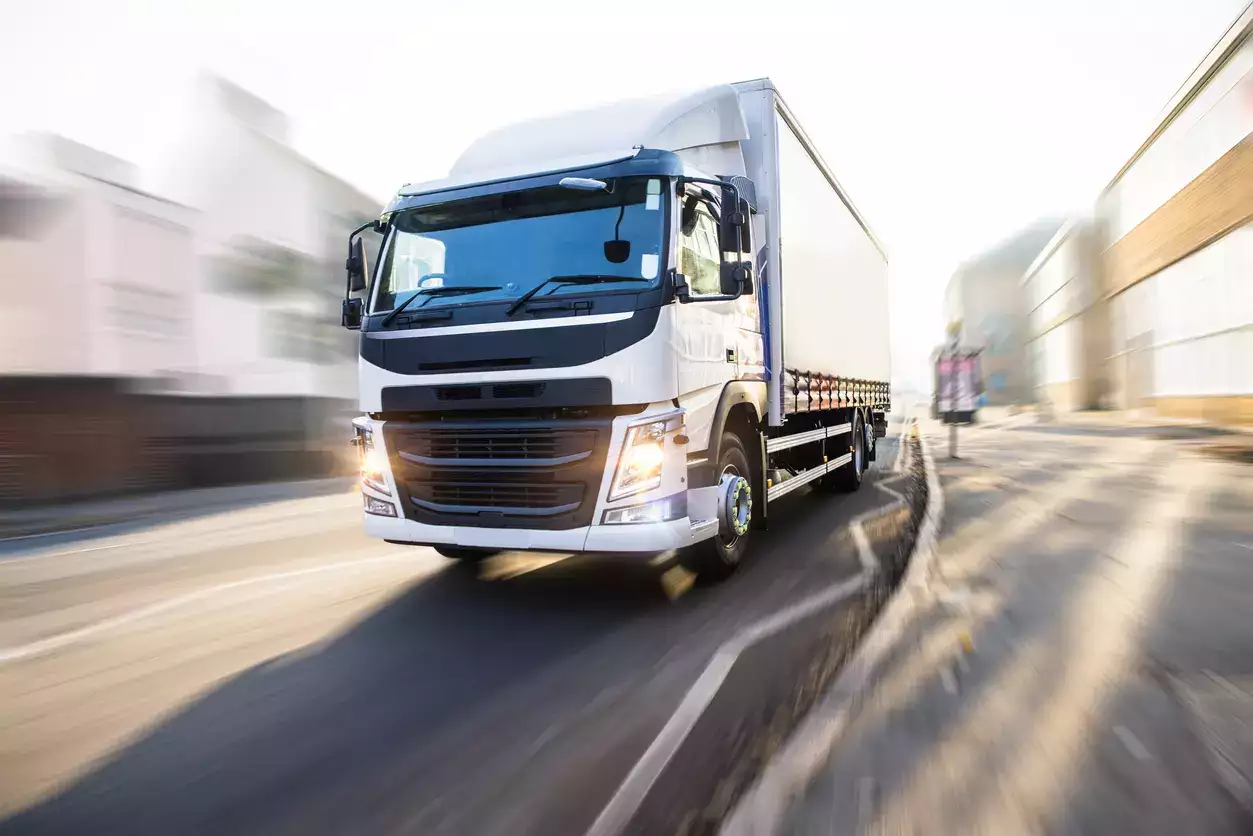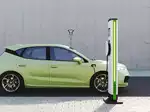India's commercial vehicle makers see sales back on road to recovery in 2nd half

Girish Wagh, executive director at Tata Motors said kilometre usage by commercial vehicles, which fell by up to 17% in the September quarter, picked up in October. This, along with improved buyer sentiment, stable diesel prices and overall economic growth are expected to support fleet expansion and replacement in the coming months, said Wagh.
October began on a promising note with sales rising 6% from a year earlier, and 31% sequentially to 100,000 units, according to industry estimates. The Society of Indian Automobile Manufacturers (SIAM) issues wholesale data of commercial vehicles every quarter.
Retail sales of CVs in October were supported by an uptick in consumer sentiment during the festive season. Sales hit a monthly record in nearly five years. It was in March 2020 last that CV sales had previously peaked to 126,133 units, as per Federation of Automobile Dealers Associations (FADA) data. However, sales were skewed at the time as customers had advanced purchases to avail better prices ahead of the transition to Bharat Stage VI emission norms.
CV retails fell 11% last quarter and by 0.65% in the first half of the fiscal due to sluggish infrastructure activity, reduced mining operations, and heavy rains impacting freight movement.
“As far as the festive season is concerned, we did see good improvement in the utilisation of trucks due to increased consumption. At the same time, October was the first month post the rainy season. So we’ve also seen tipper utilisation (in construction and mining) going up, which indicates that infrastructure projects have started doing well,” Wagh said, adding Tata Motors expects the gradual increase in infrastructure spending to boost consumption and drive demand going ahead.
Finance minister Nirmala Sitharaman boosted capital allocation for infrastructure development to a record `11.11 lakh crore for FY25. Industry stakeholders expect the focus on capital expenditure, especially in growth-related programmes, to sustain amid an improvement in government finances. In the mid-term, India is projected to spend Rs 143 lakh crore on infrastructure in the next seven fiscal years through 2030, which will further support sales of trucks and buses.
Vinod Aggarwal, managing director at VE Commercial Vehicles (VECV), which sells trucks and buses under the Eicher and Volvo brands, said the government’s renewed focus on capital expenditure and infrastructure development will drive demand for commercial vehicles.
“The anticipated recovery in mining and construction in the second half, compared to modest growth of about 5% that these sectors had seen in the first half, will further support the demand for heavy-duty trucks,” he said. “Moreover, expected GDP growth, favourable monsoon and potential interest rate cuts will create a conducive environment for commercial vehicle sales. We should see a recovery in the second half.”

